Last Updated on August 5, 2021

Created by William Moulton Marston (inventor of the polygraph…seriously) in 1941, Wonder Woman has since become a cultural icon and the leading symbol for female superheroes all over the world. The Amazonian goddess, also known as Princess Diana, decked out in her red, white, blue and gold outfit, signature armbands, golden “truth” lasso, and a requisite invisible jet, has struggled for decades to find her footing in comics, TV, and film. With such a powerful image and compelling back-story, her presence in top tier entertainment has been significantly noted, with everyone from Beyonce to Sandra Bullock to Christina Hendricks vying to fill her boots.
So, is Wonder Woman cursed?
Her first appearance on TV came in the form of the CBS series starring Lynda Carter. The show was a decent success, lasting for three seasons, but wasn’t without its issues. Numerous changes were made in the course of the show, as it shifted from a WWII time period to modern-day, eventually catering to a teen-only audience. What started as a fairly faithful adaptation morphed into an attempt at a ratings-increasing crowd-pleaser. It would be the shows undoing and the first indicator that Wonder Woman’s staying power was limited.

In comics form, Wonder Woman has gone through various iterations, her origin being changed and amended consistently, all the way up to DC Comics New 52 last year, when artist Jim Lee redesigned her costume for a modern look, doing away with the majority of her signature outfit for yoga pants and a jacket. The look has since disappeared and Diana is back in her original duds, but the short fashion detour was another indicator of the problem with Wonder Woman; nobody knows what to do with her.
Producer Joel Silver has been trying to spin the wheels of a Wonder Woman adaptation since 2001, with a number of screenwriters hammering out scripts to no avail. Eventually, Joss Whedon was hired on to write a script, but even he toiled with what to do with the Amazonian (for almost two years, nonetheless) and failed to meet eye-to-eye with producers. With such massive success on the female-driven Buffy: The Vampire Slayer TV show, it seemed like Whedon would be the perfect choice to adapt Wonder Woman, but even he admitted it wasn’t easy. Whedon left the project, saying, “Everybody knows how long I was taking, what a struggle that script was, and though I felt good about what I was coming up with, it was never gonna be a simple slam-dunk. I like to think it rolled around the rim a little bit, but others may have differing views.”

Although Wonder Woman had difficulty finding her way in features, the character summarily shined in animation. Joining the ranks of the long running Super Friends (1973-1986) as well as the massively popular Justice League and Justice League Unlimited (2001 – 2006), Wonder Woman was featured prominently and with great care to her origin and status as a formidable member of the predominantly all-male teams. For the first time, Princess Diana was seen in a strong and powerful light that didn’t attempt to cater to every single demographic in the world. She was the character from the comics brought to life in her best incarnation.
This led to the 2009 standalone film, WONDER WOMAN, which is far and away the best version of the character ever put on the small screen. The PG-13 rated film showed a tough, powerful, and flawed character (voiced by Keri Russell) with a strong origin story, elevated violence, and superb voice acting. It showed the most potential (and perfect template) for how to bring Wonder Woman to the masses in feature film form.
In 2011, Producer David E. Kelley wrote a pilot that was greenlit by NBC, casting rising star Adrianne Palicki in the titular role. Even before it got off the ground, the costume reveal caused producers to get nervous as they danced around the issue of shiny blue pants and the absence of stars. Nobody seemed to raise a fuss about the story, which had the Amazonian moonlighting as a vigilante crime fighter in L.A., while balancing a successful corporate executive job by day. It was another snag in a long line of stop and go for the character, as the series was not picked up by NBC.
Now the CW is expressing interest in creating a Wonder Woman TV show along the lines of Smallville, called Amazon, which would follow the same model of a younger version of the character as she “develops” into the superhero she is to become. There’s potential there, sure, but it’s still tip-toeing around the idea of Wonder Woman without committing.

Ultimately, Wonder Woman is a misrepresented and misunderstood character. On one hand she’s all about the look, none of the substance. Indeed, you could ask anyone off the street who their favorite female superhero is and they’d likely say Wonder Woman, but not be able to tell you anything about her origin. On the other hand, she’s a strong, powerful female figure with a back-story that tackles the themes of responsibility, sacrifice, loyalty, and humanity.
Yet, most of that is ignored in the race to see her onscreen (and in comics) in a costume that sells, rather than in a story that rocks. While DC tries to shuffle their deck and exploit their characters with the same success that Marvel has had, it’s my hope that they focus on making a faithful adaptation of their property, rather than a hybrid of ideas that meet a demographics buying patterns or the curse of Wonder Woman will continue to reign.



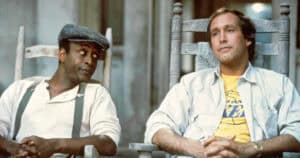
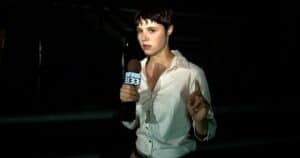
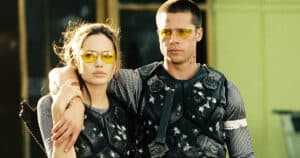
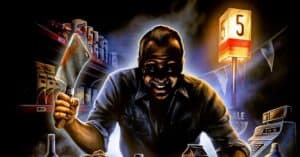
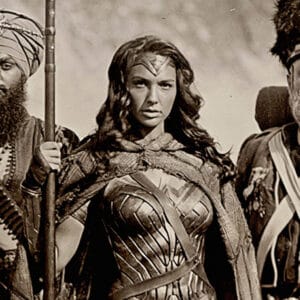
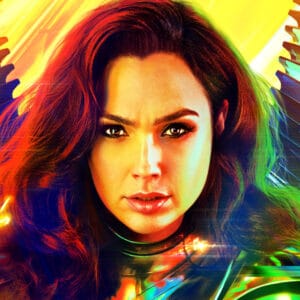
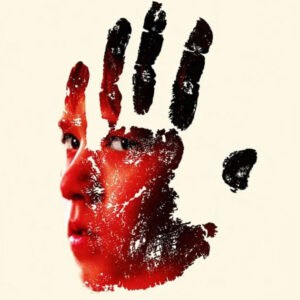
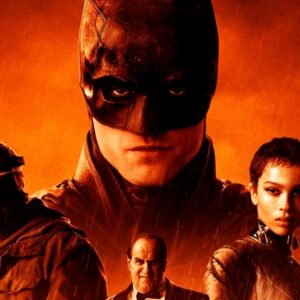
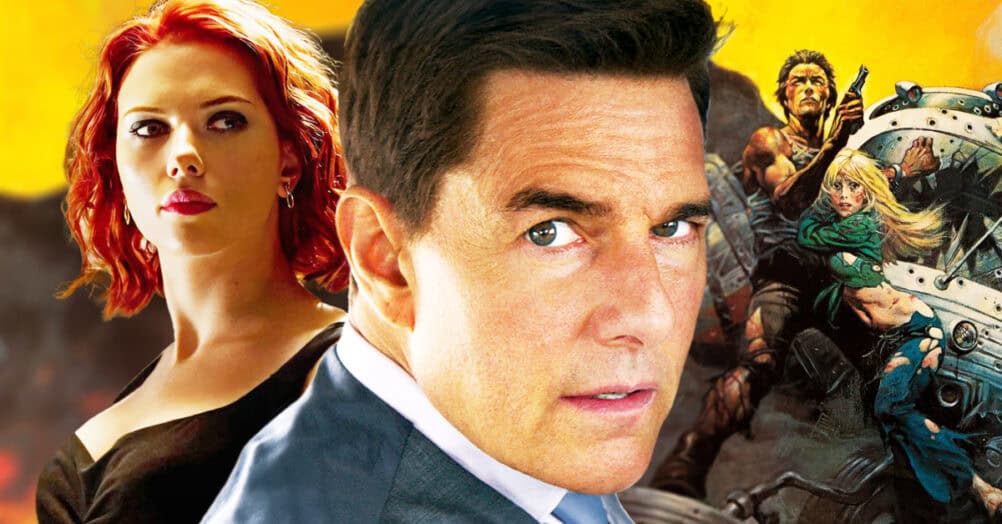
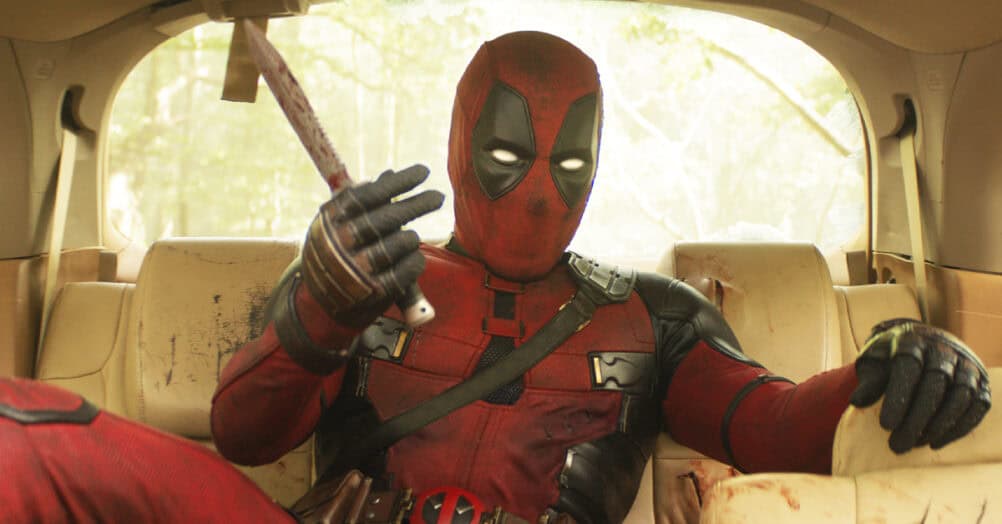

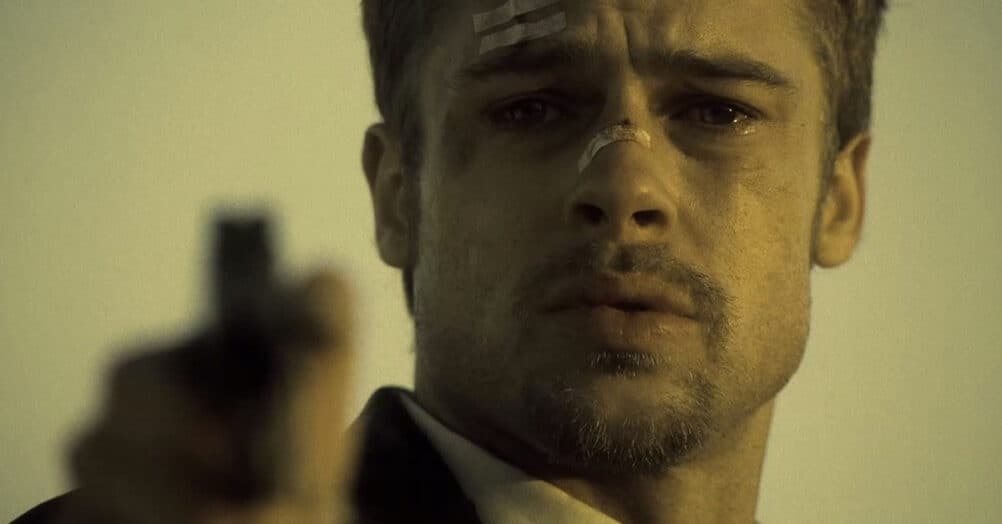
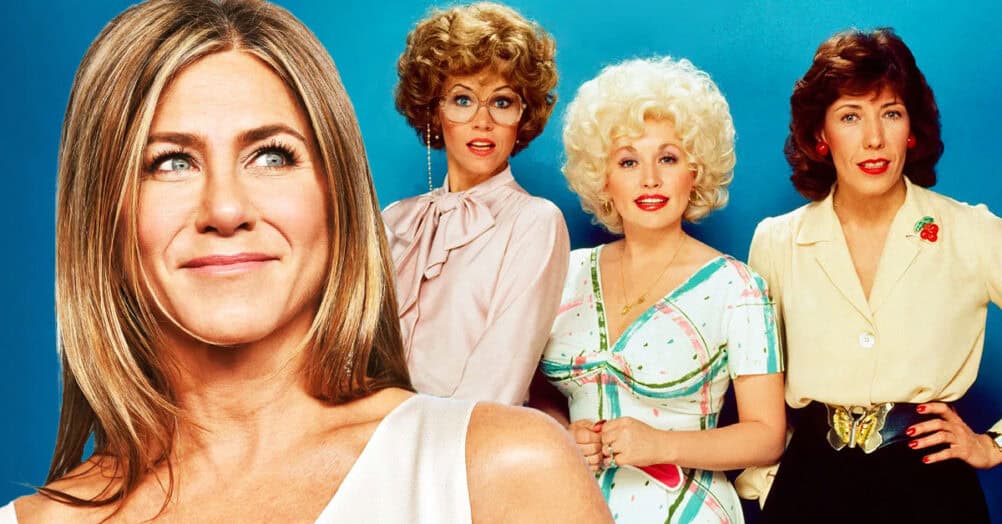
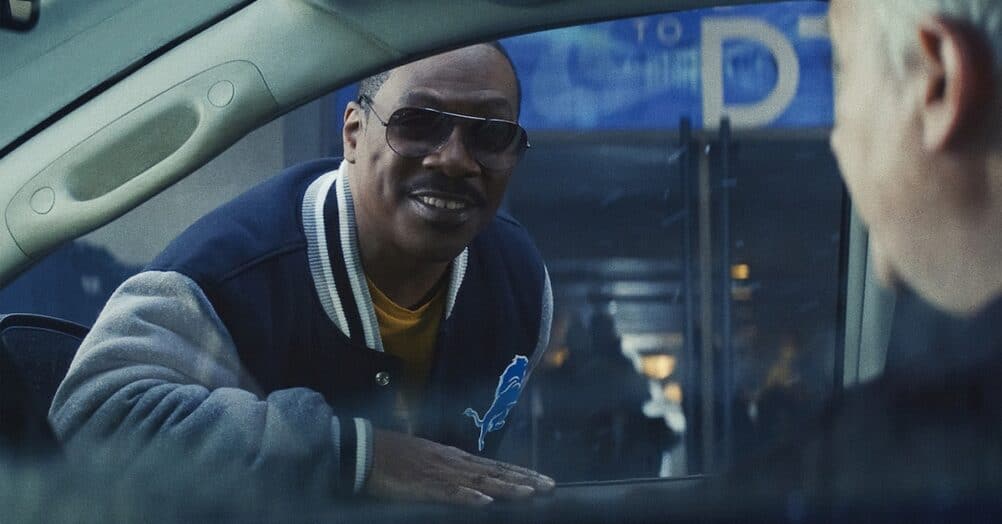

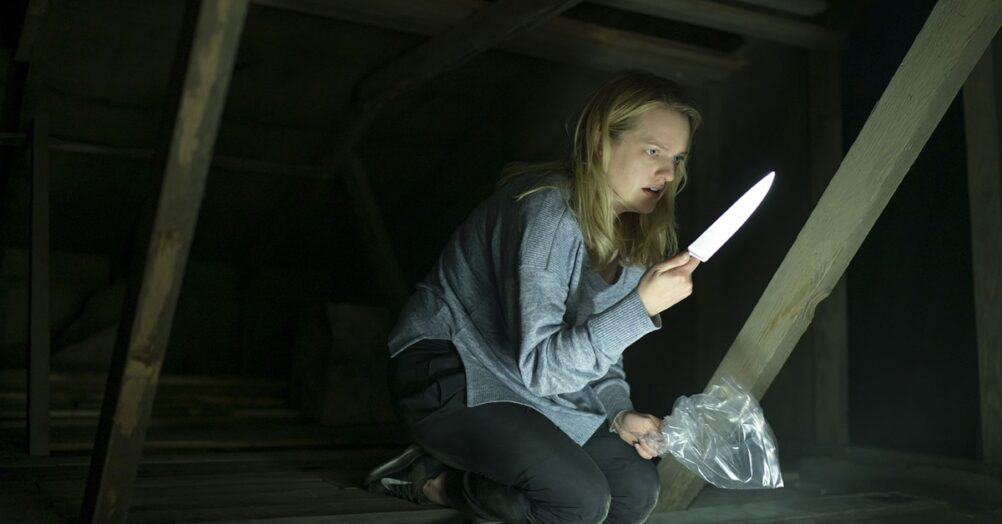
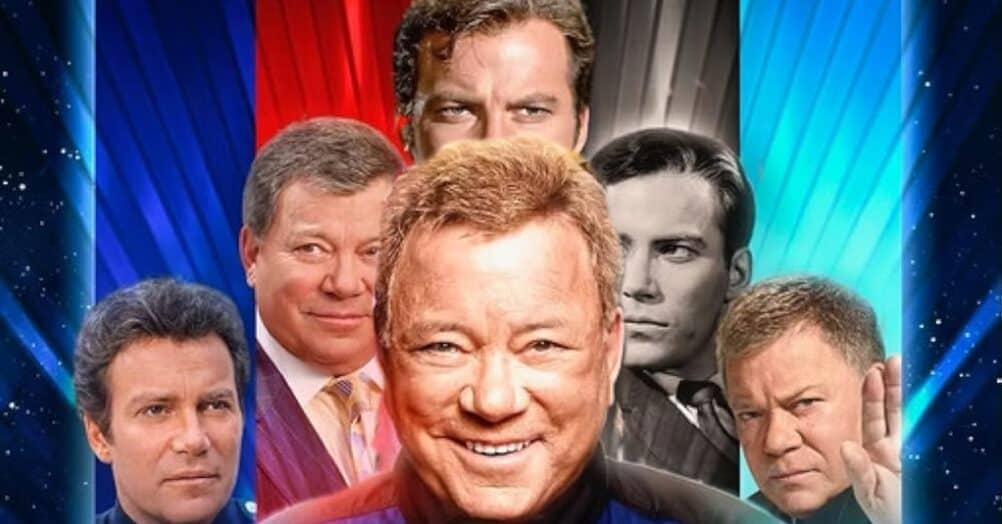

Follow the JOBLO MOVIE NETWORK
Follow us on YOUTUBE
Follow ARROW IN THE HEAD
Follow AITH on YOUTUBE